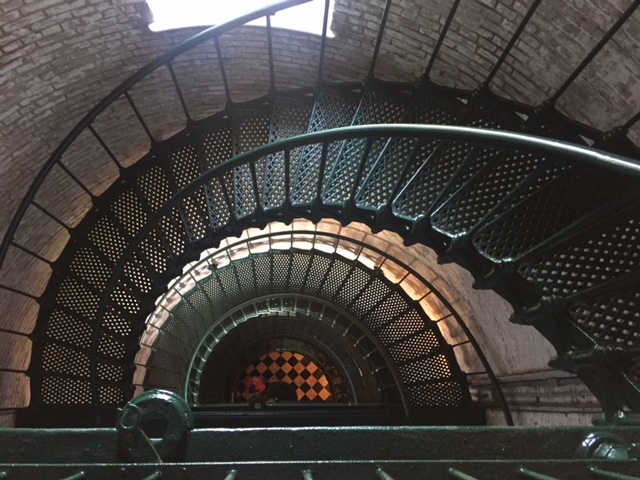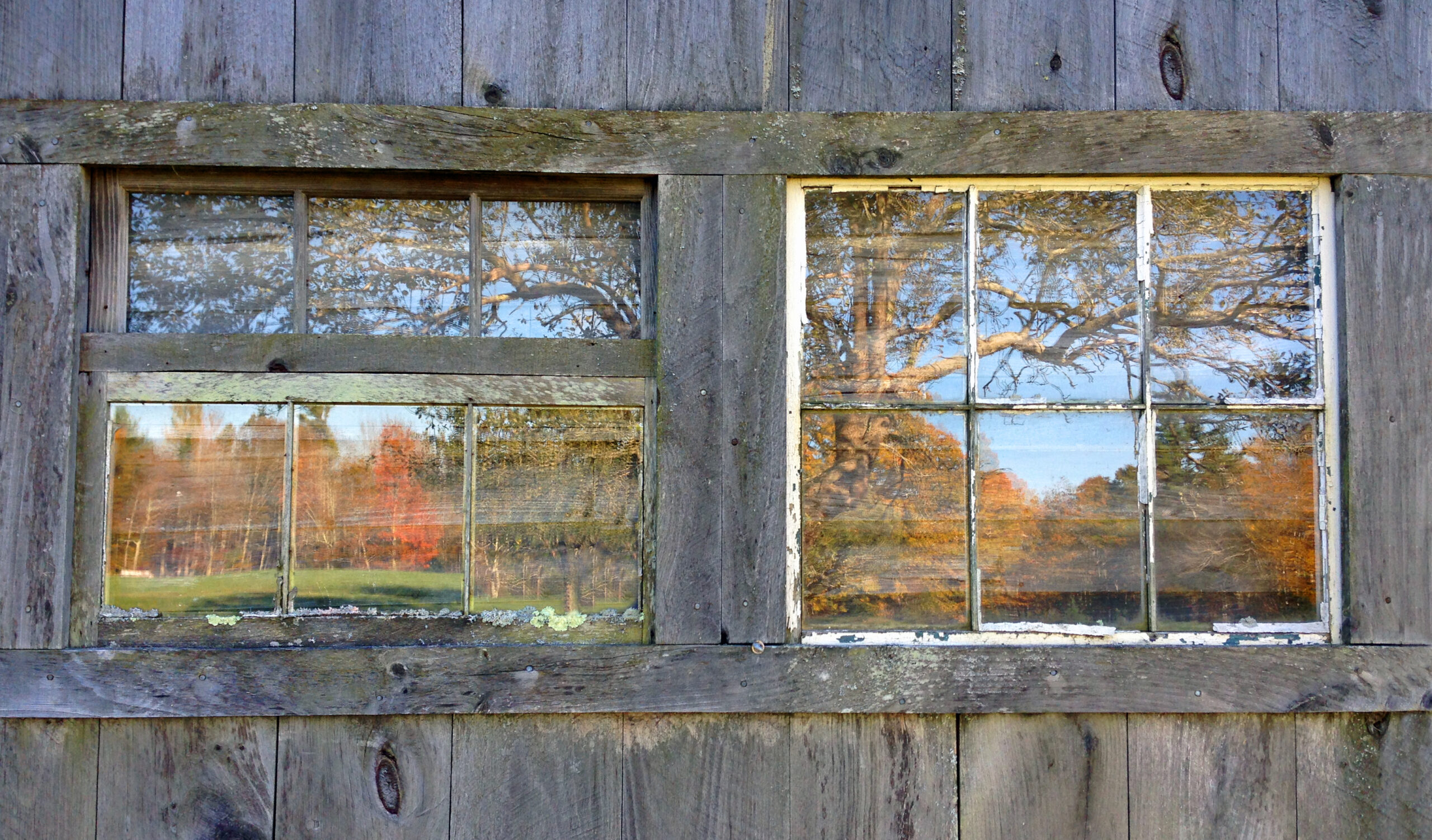
In regard to hope in late 2010, living in a community oppressed by political and cultural forces, the suicides were a manifestation of this conflict. In other words, the unheard voices of the adolescents were the unheard voice of the entire LGBTQ+ community. By breaking the limitations and directing a message intended to reach the young of the community, there was a deep level of identity conflict within the individual and inside the community that came to a resolution. Someone had to break this pattern in order to create a change and bring hope for the young. In 2010, posting a video on social media resulted in a new way of communication, and providing support to members. Their action allowed a new voice, the voice of a more integrated community, a more consolidated identity.
Hope – Snyder’s definition
In Snyder’s group hope model (2002) there are three components: goals, pathways, and agency. Goals are the anchor of the theory as they provide direction and endpoint for hopeful thinking when they are valuable and uncertain. Pathway thoughts (waypower) refer to two things: (1) the routes we take to achieve our desired goals and (2) the individual’s perceived ability to produce these routes. The third component is the agency thoughts (willpower), and refer to the motivation we have to undertake the routes toward our goals.
Discussion – Snyder’s Group Hope Model – Is It Relevant?
Many of the LGBTQ+ youth in fall 2010 probably believed that goals (such as living gay’s lifestyle, having romantic relationships, establishing a family, having kids) are unachievable, unrealizable, and impassable. These goals might have been set aside as they are perceived as nonviable.



